Quality Training on 'real bikes' producing 'unreal results'
| The training sessions follow the Shane Sutton Method, a world class training protocol used by professionals and utilising power based training. The sessions are designed to work at different training zones - based on a percentage of Functional Threshold Power (FTP) and the bikes are automatically controlled by a master computer, ensuring participants work at the required intensity. Ultimately, this allows all levels of rider to be able to benefit from quality training, specific to their fitness level. * Shane Sutton is the British Cycling Performance Director and Head of Coaching at Athlete Lab* |
| The Athlete Lab has recently employed new Head Coach, James Lamb 'Chops'. Bringing a wealth of knowledge of power training, he has already stamped his mark on the 'Lab' by incorporating his power sessions into an already impressive and varied timetable. There are five key sessions on the schedule, each lasting from 45min-1hour in duration and varying in structure. Ironmania (Zone 2-3), Super Strength Endurance (Zone 4), Threshold Booster (Zone 4), Powerhouse (Zone 5) and HIIT Hurt Box (Zone 6-7). |
| In my final class, I revisited a Super Strength Endurance session with a James Lamb designed programme entitled Saw Tooth Mountain. This was an interesting twist to the basic programme and the 55 minutes seemed to fly by, but not without plenty of exertion and perspiration. There was plenty of camaraderie in this class and it was great to suffer with cyclists of all abilities. |

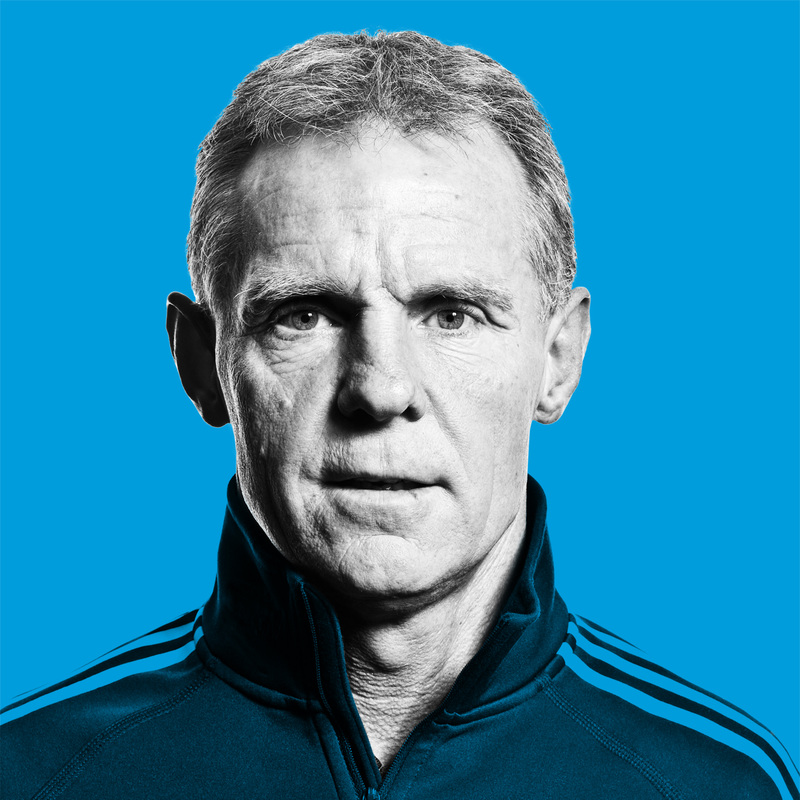
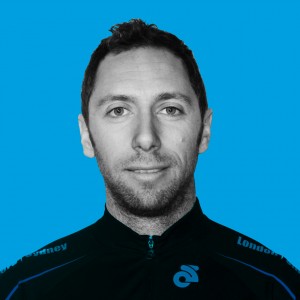
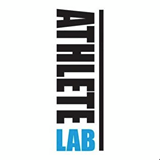
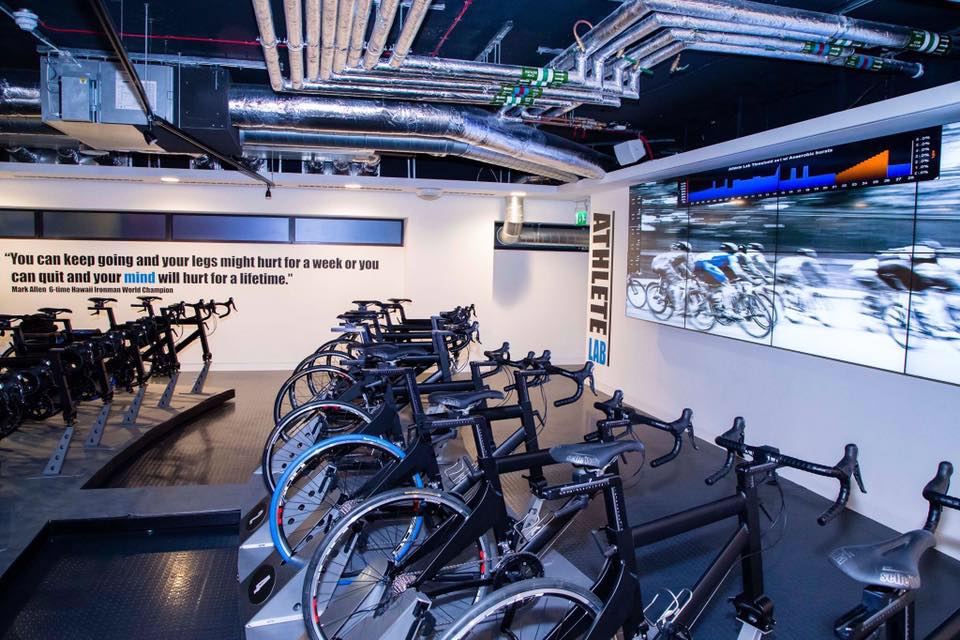
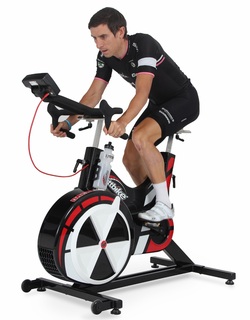
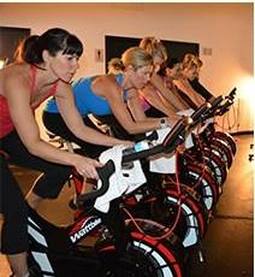
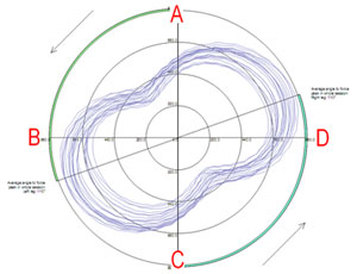





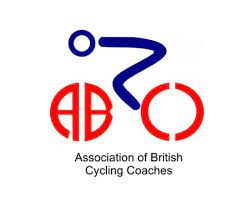
 RSS Feed
RSS Feed
